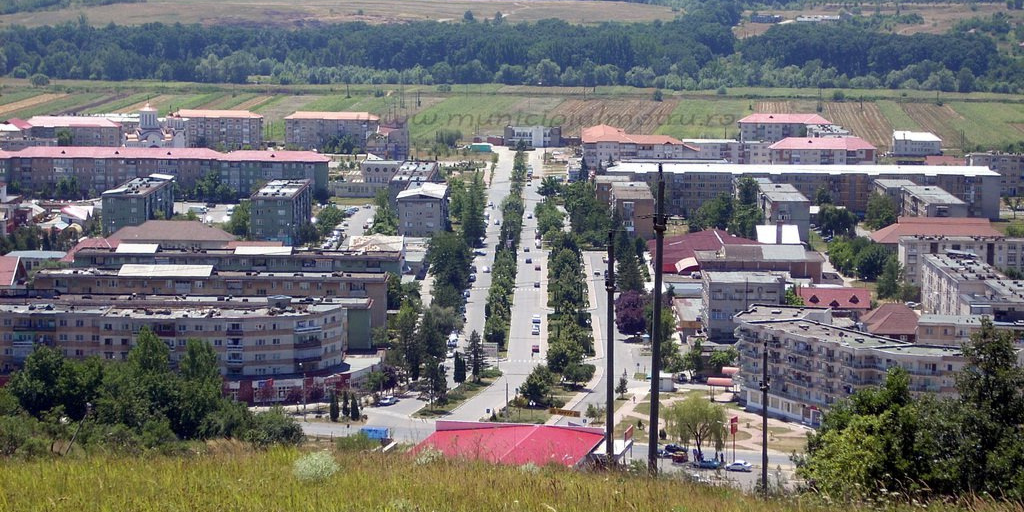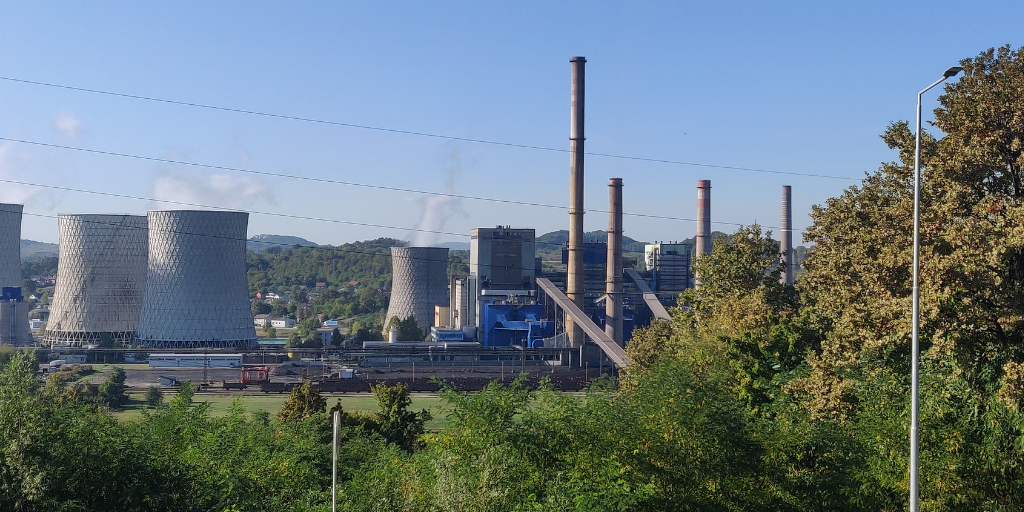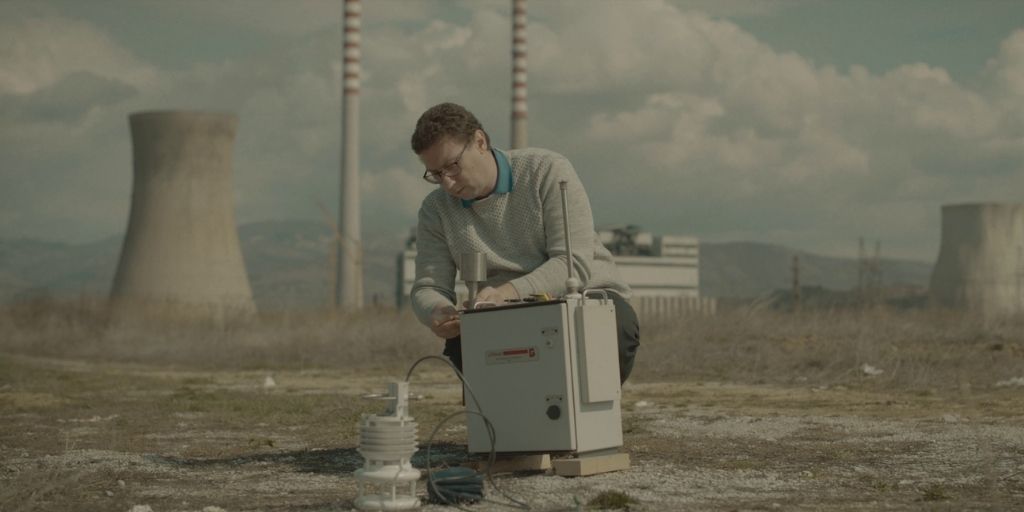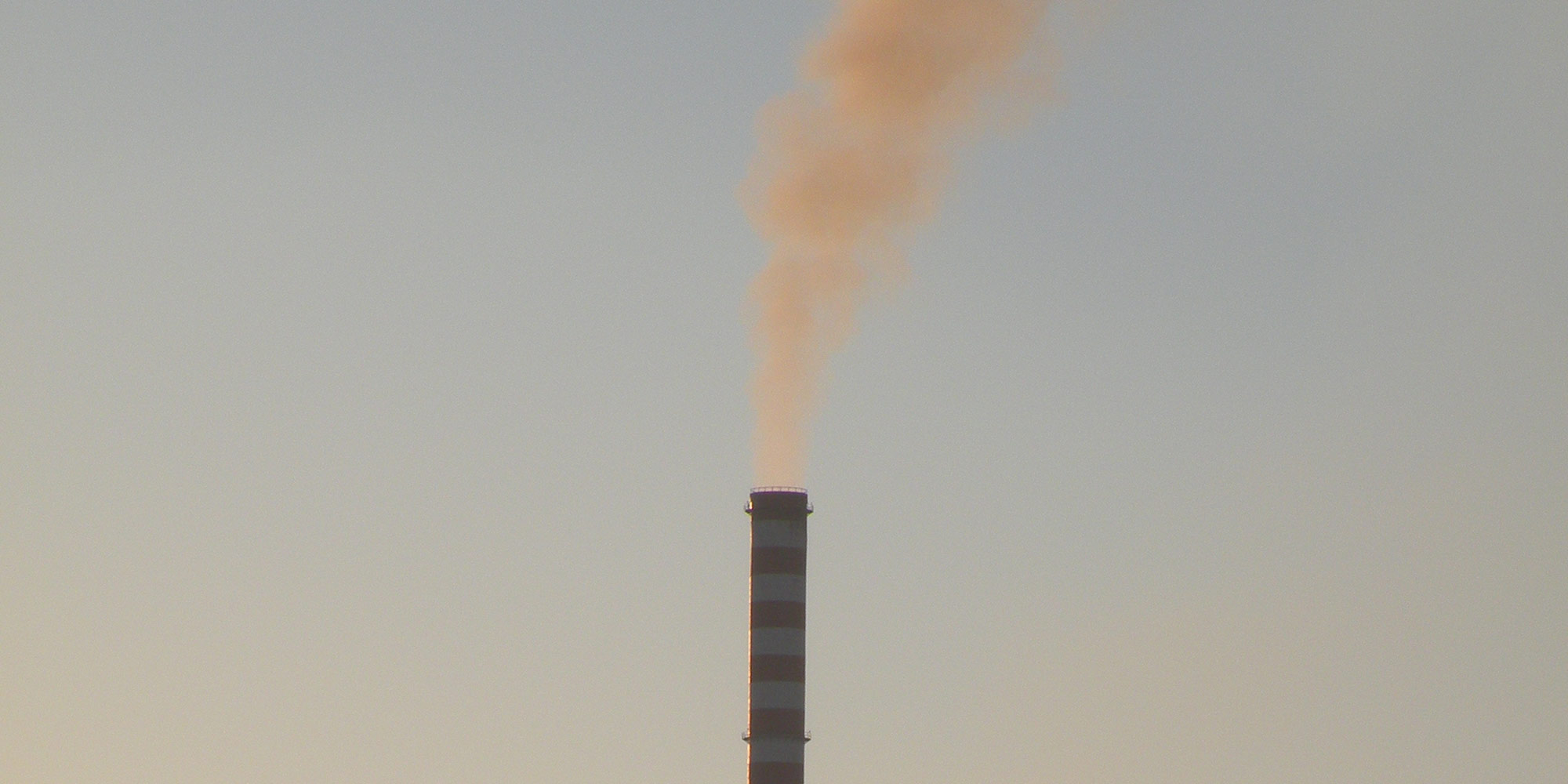Bulgaria’s electricity generation has two main pillars – coal and nuclear. Over the last decade, coal has provided roughly half of the electricity in the country and nuclear another 37 per cent.
Oil and gas have a joint contribution of around five percent, and the renewables share is dominated by large hydropower, followed by biofuels, solar and wind generation. Atypically, the contribution of biofuels to electricity generation is higher than that of solar PV or of wind.
The country is a net electricity exporter, the biggest importers being Romania, Greece and North Macedonia.
The Bulgarian power market is dominated by state owned producers. Bulgarian Energy Holding (BEH) manages the most important companies in the energy sector, the Kozloduy nuclear power plant, Maritsa Iztok 2 coal power plant, the National Electric Company (NEK), Electricity System Operator (ESO), Bulgargaz, Bulgartransgaz and Bulgartel.
The country’s initial National Energy and Climate Plan (NECP), analysed by Bankwatch in 2019, scored poorly as it was based on only one, business-as-usual energy development scenario. The document shows Bulgaria’s intention to continue relying on coal power plants at the Maritza East complex and on the nuclear plants at Kozloduy. A phase-out of coal therefore is not foreseen anytime during the next 60 years, nor nuclear in the next 30 years.
An update should have been submitted in 2023, but the European Commission had to initiate an infringement procedure to get the Government to submit a revised version. When an updated NECP was finally submitted in April 2024, the Commission called for higher ambition on renewable energy targets, as the document was not in line with the ‘Fit for 55’ provisions. Finally, in June 2024 the Ministry of Energy presented a more ambitious target of 34.48 per cent share of energy from renewable sources in gross final energy consumption. For the electricity sector, this share is 55.51 per cent.
Bulgaria’s Recovery and Resilience Plan (RRF), approved by the European Commission in spring 2022, seemed slightly more considerate of the climate crisis and need to reduce the contribution of fossil fuels in the country’s mix. The Commission approved the country’s EUR 6.3 billion plan, noting that it devotes 59 per cent of its total allocation to measures that support climate objectives. The plan was assessed to include significant investments to accelerate the decarbonisation of the energy sector, tripling power generation from renewables by 2026, building large electricity storage capacity, cutting greenhouse gas emissions of the power sector by 40 per cent by 2025, and setting out a framework for a coal phase-out.
However, in January 2023 the Bulgarian Parliament voted to scrap the interim coal reduction commitments from the Recovery Plan and thus keep its entire coal fleet online until 2038, despite the risk of losing EU funds for modernising the energy sector. At the end of 2024, the European Commission refused to transfer the second payment under RRF to Bulgaria due to insufficient progress in key areas, such as the energy market liberalisation and boosting renewable energy production and anti-corruption reforms.
The country’s largest-scale mining activities are situated in the Maritsa East Mining and Energy Complex situated in South Central Bulgaria in the region of Stara Zagora. The mining complex itself stretches over 240 km2 and produces nearly 97 per cent of the lignite in the country, directly employing some 12,500 people.
After years of political turmoil, frequent changes of governments and protests by miners in October 2023, in December 2023 the European Commission approved EUR 1.2 billion in just transition funding for three coal regions in Bulgaria.
More on coal in the Balkans

Sustainable district heating gives hope to the Romanian city of Motru, in a coal mining region
A new study shows that the city’s district heating can come from fully renewable sources.
Read more

Bosnia and Herzegovina illegally extends lifetimes of deadly coal plants
Yesterday the Federation of Bosnia and Herzegovina’s Parliament voted to extend the lifetime of the antiquated Tuzla 4 and Kakanj 5 coal units, in clear breach of the Energy Community Treaty. The move condemns the public to yet more lethal air pollution.
Read more

The heroic dust monitor
This year we are marking five years since Bankwatch engaged in air pollution work in the Balkans. Throughout these years, there was one constant in the work – the environmental dust monitor. It has become the hero of many communities and is known to every organisation in the region that works for cleaner air.
Read more

